Fife actor Dougray Scott fears that artificial intelligence could turn movies into “cartoons”.
Scott, who hails from Glenrothes, is playing Air Marshall Marcus Grainger in the second series of BBC drama Vigil.
The 58-year-old is one of Scotland’s best-known film and TV stars after roles in Ever After, Mission: Impossible II and Irvine Welsh’s Crime.
He believes that AI could eventually produce scripts that were cheaper than human scriptwriters but would be “uncontroversial” and “middle of the road”.
And he warned that the development of computer-generated imagery (CGI) could make it unnecessary to use real actors.
Dougray Scott’s artificial intelligence fears
“We have to be very very careful,” he told BBC Scotland’s The Edit.
“There’s a scenario where AI could quite easily write all the scripts for all the films that you’d see.
“They’d be acceptable, and they’d just vanilla-ise everything. It makes everything just bleugh.
“If you give an audience enough standardised, really uncontroversial, really middle-of-the-road drama, then after a while that’s what they’ll come to expect.”
AI ‘could write scripts’
In Vigil, Scott’s character plays host to a dignitary from an oil-rich Middle Eastern dictatorship when things go wrong – and DCI Amy Silva, played by Suranne Jones, steps in to investigate.
The drama has returned after the hugely successful first series, which was set on a submarine with several scenes set in Scotland.
Scott added: “Therefore, it could in the future be acceptable for television networks to use AI in order to write scripts because it’s a lot cheaper, and then eventually we’ll turn to actors.
“They’ll be like ‘well, we have the images of him, him, her, her, her, we don’t really need them because the CGI capabilities is so great now that we can recreate him, her, on screen without actually using them’.
“Really it’s like a cartoon that actually looks like real people.
“That’s the future if we don’t really keep an eye on it.”
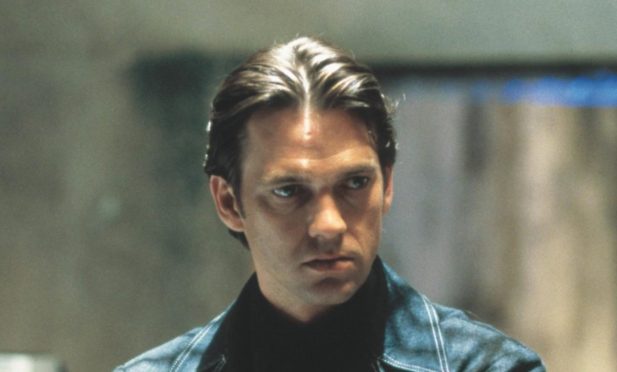
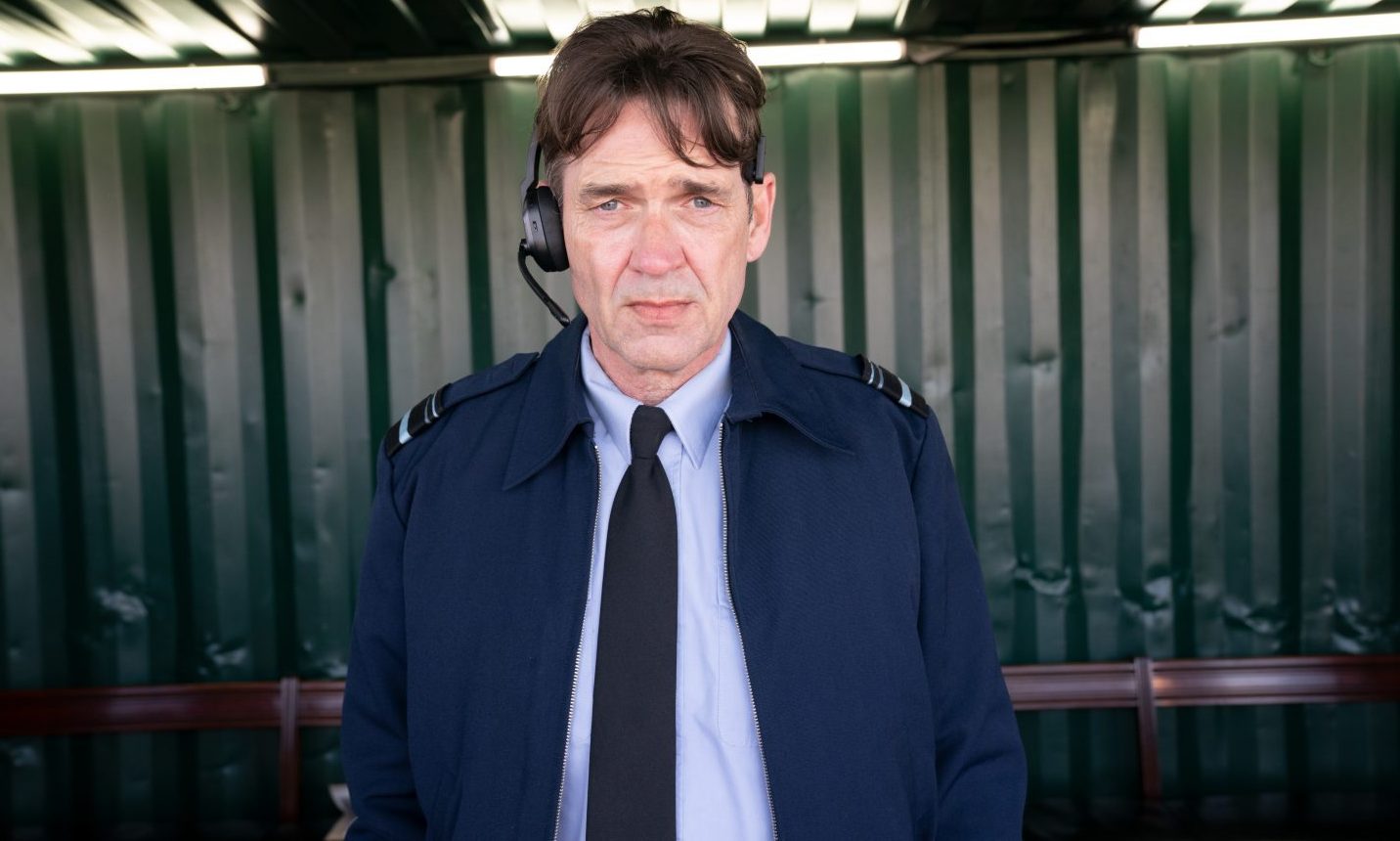


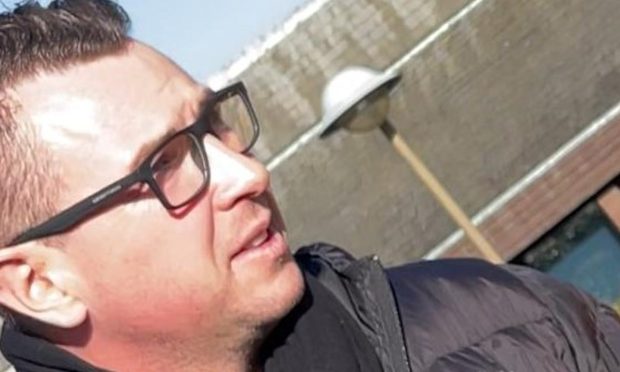
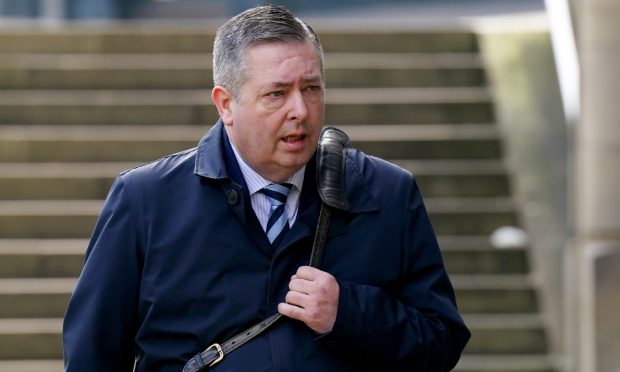
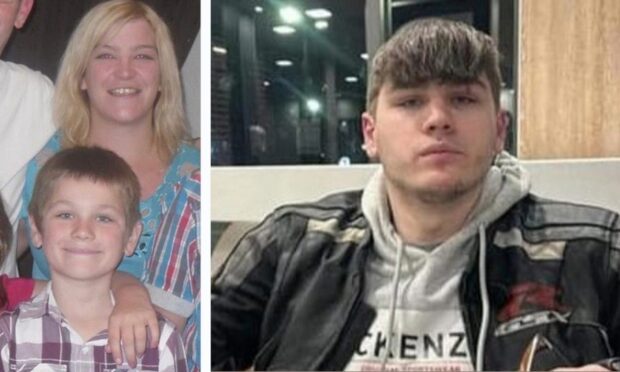


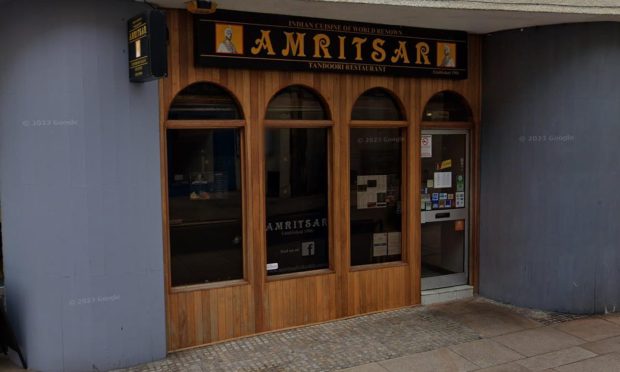

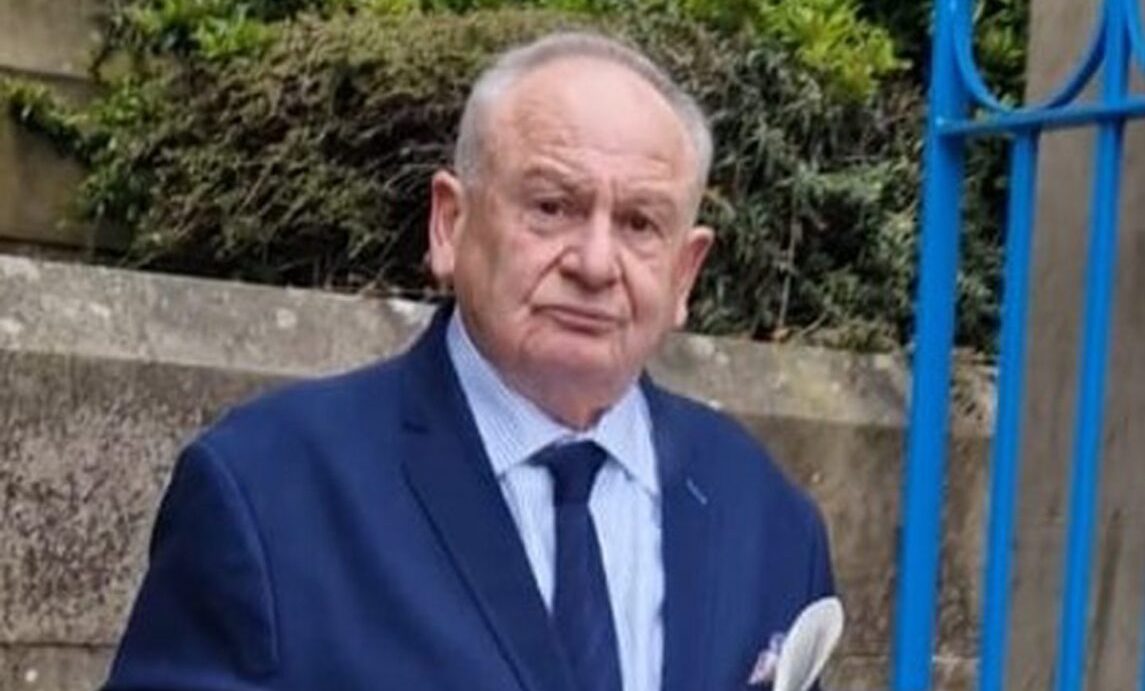
Conversation